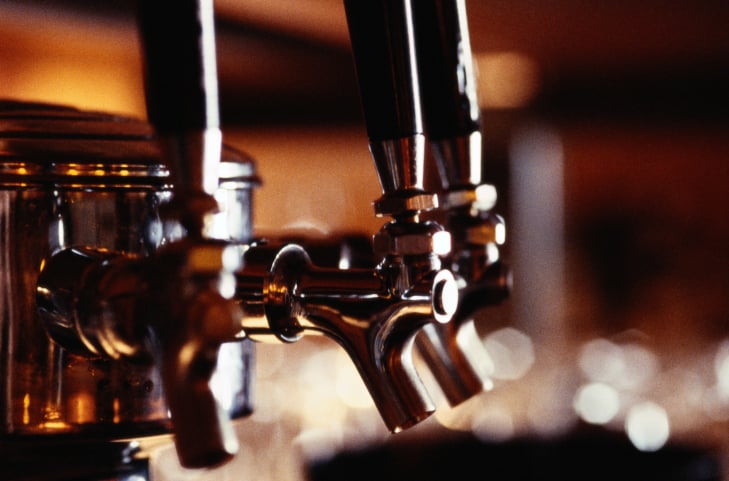Companies and Brands
Emergency Room Patients Prefer Budweiser
Published:
Last Updated:
In a bit of news Anheuser-Busch InBev S.A./N.V. (NYSE: BUD) is bound to find unsettling, new research shows that people who visit emergency rooms with injuries prefer Budweiser products over other brands. The news gives the slogan “King of Beers” a new meaning. The data, however, damages several brands without any supporting evidence as to exactly why they have been singled out. Source: Thinkstock
Source: Thinkstock
Based on facts from the Johns Hopkins Bloomberg School of Public Health included in a paper titled “Substance Use and Misuse,” researchers found:
Budweiser, Steel Reserve, Colt 45, Bud Ice and Bud Light — were consumed in the highest quantities by emergency room patients, according to a new pilot study from researchers at The Center on Alcohol Marketing and Youth (CAMY).
Three out of five brands is an impressive average.
In terms of more specific brand data, the study reports:
Four malt liquors — Steel Reserve, Colt 45, Bud Ice and King Cobra — accounted for almost 50 percent (46%) of the beer consumed by the sample. Yet these four beverages accounted for only 2.4 percent of beer consumption in the general population.
On this basis, Anheuser-Busch does a little better. It owns King Cobra and Bud Ice, while Molson Coors Brewing Co. (NYSE: TAP) owns the Steel Reserve brand. The Pabst Brewing Company owns Colt 45. Three of the five “emergency room” brands are malt liquor, which has a higher concentration of alcohol than regular beers.
Other than this information about the demographics of beer drinkers and emergency room visits, the research ends there. That is a shame because brands on the list will be hurt without any real explanation as to why they are found in such concentrations:
The next step, according to study authors, would be to pursue this type of research be further explored in a larger sample of emergency department admissions for injury, across multiple cities and hospitals. Policy implications of this kind of research could include requirements for clear labeling of alcohol content on malt beverage containers, including serving size labeling; limits on malt liquor availability and marketing; and graduated taxation of beer based on alcohol content to discourage consumption of higher-alcohol products.
While the researchers may be pleased with their ability to identify products, they have singled out several brands without giving any final determination about why they got onto the list in the first place.
Take the quiz below to get matched with a financial advisor today.
Each advisor has been vetted by SmartAsset and is held to a fiduciary standard to act in your best interests.
Here’s how it works:
1. Answer SmartAsset advisor match quiz
2. Review your pre-screened matches at your leisure. Check out the advisors’ profiles.
3. Speak with advisors at no cost to you. Have an introductory call on the phone or introduction in person and choose whom to work with in the future
Take the retirement quiz right here.
Thank you for reading! Have some feedback for us?
Contact the 24/7 Wall St. editorial team.